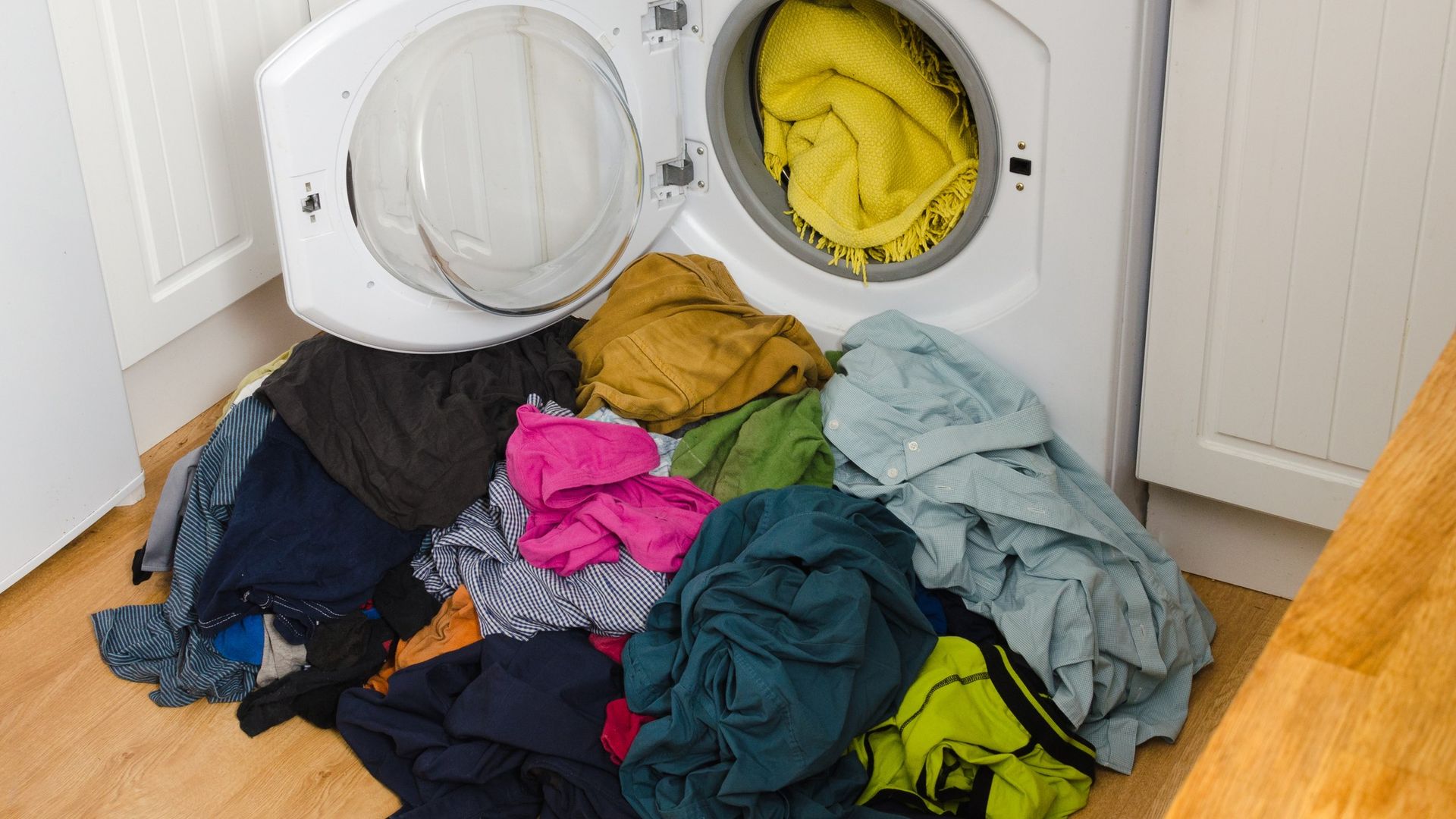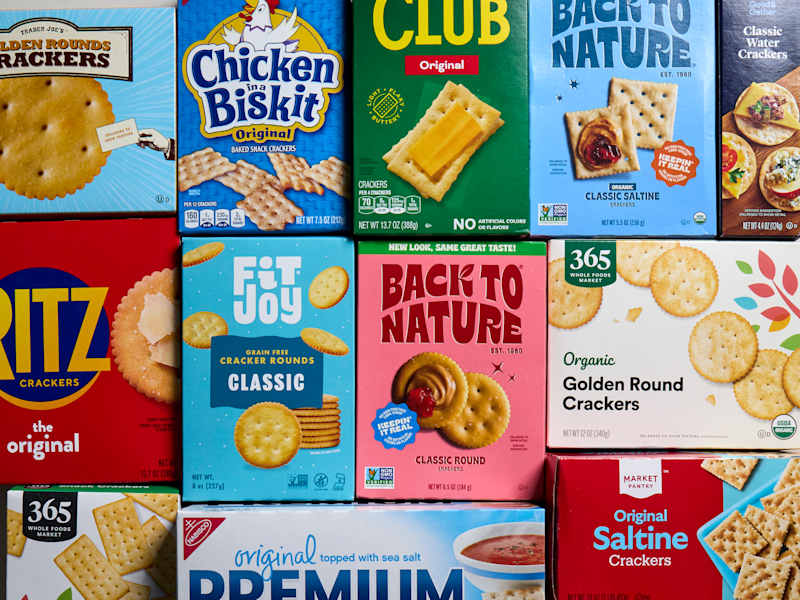
The Consequences of Overloading Your Washing Machine: 7 Harmful Effects of Stuffing in Laundry

The Risks of Overloading Your Washing Machine
Overloading your washing machine may appear to be a convenient shortcut, but it can result in subpar cleaning and potentially cause long-lasting damage to your appliance. Before you consider cramming in that extra towel, it’s important to heed the advice of laundry specialists who warn against this common mistake.
Understanding the Impact of Overloading
Tyler Kungl, a laundry expert, explains that exceeding the maximum load capacity of your washing machine can significantly impair its functionality. An unbalanced load is often the primary reason why washing machines fail to spin effectively. If the imbalance is too severe, the spin cycle may not operate at all, or it may reduce its speed to protect the machine from damage.
While premium washing machines come equipped with advanced technology to detect and prevent overloading—such as sensors that gauge the load size—not all machines possess these features. Therefore, understanding the risks associated with overloading is crucial.
Identifying an Overloaded Washing Machine
Many people are unaware they are overloading their washing machine, as evidenced by the frequency with which this occurs, particularly in larger households. To determine if you have overstuffed your machine before starting a cycle, consider the following tips:
- Drum Space Check: Ideally, clothes should occupy about two-thirds of the drum, allowing ample space for movement during the wash.
- Weight Assessment: Consult your machine’s user manual for its load capacity. Weighing the laundry can provide a clearer indication of whether you’ve exceeded this limit.
- Clump Test: Clothes should be loosely packed rather than tightly crammed together. A tightly packed load often indicates that you’ve overloaded the machine.
Consequences of Overloading Your Washing Machine
Overloading may seem like a time-saving measure, but it can lead to several issues that you would likely prefer to avoid. Here are the primary consequences:
-
Inadequate Cleaning: One of the most common signs of an overloaded machine is that your clothes emerge less clean. Residues of detergent may remain on garments, particularly if the load is excessively large. This is especially noticeable with synthetic fabrics, which may retain odours due to insufficient detergent exposure.
-
Sopping Wet Laundry: If you’ve ever struggled to remove a drenched towel from your washer, it’s a clear indication of overloading. An overloaded machine cannot spin effectively, resulting in laundry that is excessively wet and heavy.
-
Excessive Wrinkling: When there’s insufficient space in the drum, clothes cannot move freely, leading to excessive wrinkling. You may find that garments require extra ironing or even a second wash to achieve a smooth finish.
-
Unusual Noises and Vibrations: An overloaded machine may struggle to manage the extra weight, causing the drum to spin unevenly. This can result in loud banging or thumping sounds and excessive shaking, which can lead to damage of the machine’s internal components over time.
-
Extended Washing Cycles: If your washing machine is equipped with sensors, it may attempt to compensate for an overload by extending the washing cycle. If you notice cycles taking longer than usual, this could indicate that the machine is struggling.
-
Clothing Damage: Overloading can cause clothes to snag on zippers or buttons, resulting in rips and tears. Even without such items, the friction caused by overcrowding can lead to wear and tear on fabrics.
-
Increased Energy Bills: Overloading can also have financial implications. A machine that has to exert more effort will consume more energy and water, leading to higher utility bills. Additionally, if clothes come out too wet, your dryer will need to work harder, further increasing costs.
How to Avoid Overloading Your Washing Machine
To prevent overloading, consider the following expert recommendations:
-
Wash Like-for-Like: Group similar items together—whites with whites, for instance. Avoid mixing bed sheets with towels and other items that may not wash well together.
-
Limit Washing Frequency: Not all clothes require frequent washing. Unless it’s activewear or undergarments, consider whether an item truly needs to be laundered after each wear.
-
Fill the Drum Wisely: Aim to fill the drum to about three-quarters full. Mixing light and heavy fabrics can help balance the load. For bulky items like blankets, run smaller loads to provide them with the necessary space.
The Consequences of Underloading
It is worth noting that underloading can be just as detrimental as overloading. Insufficiently filling the drum can lead to poor cleaning results and waste energy, as the machine will still consume similar resources regardless of the load size. Consistently washing small loads can also cause uneven spinning, leading to vibrations and potential wear on the machine’s suspension system.
Conclusion
Maintaining a balance in your washing machine is essential for achieving optimal cleaning results and prolonging the life of the appliance. By understanding the signs of overloading and implementing strategies to avoid it, you can ensure that your laundry comes out fresh and clean without causing unnecessary harm to your machine.








